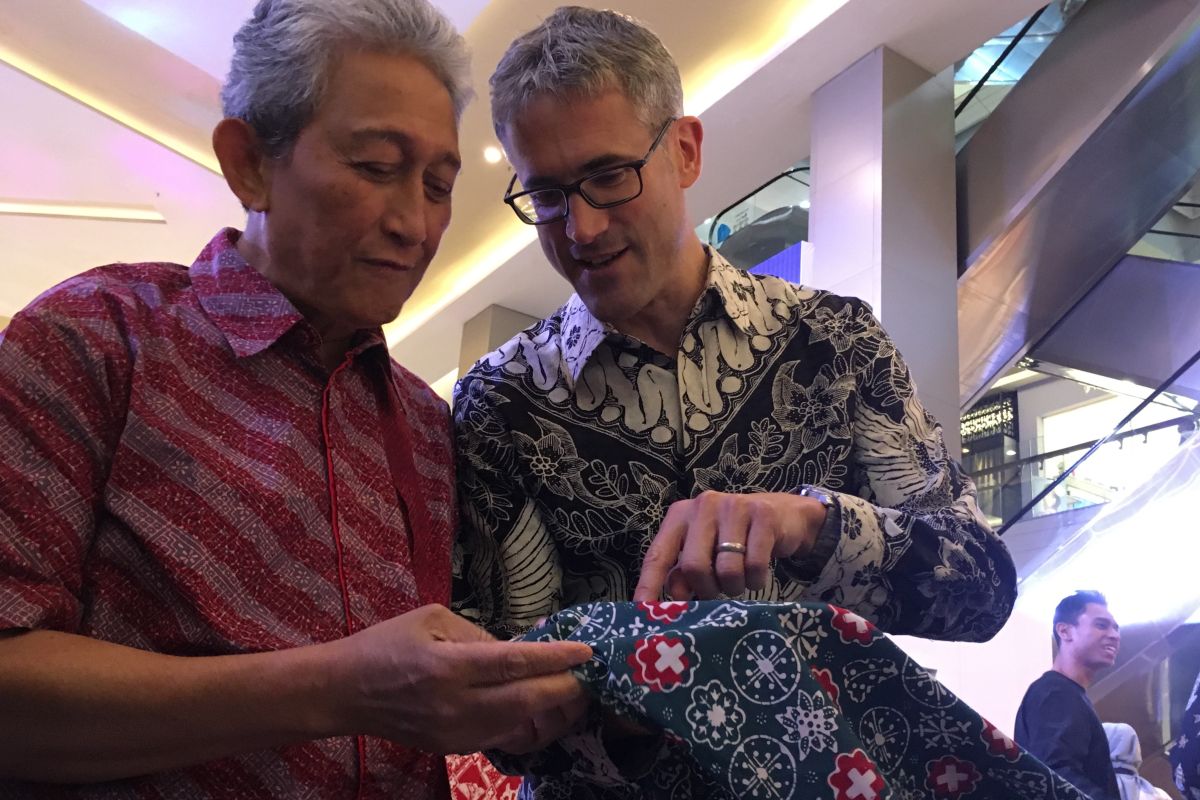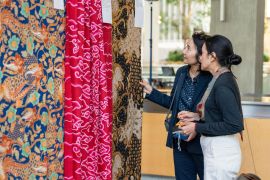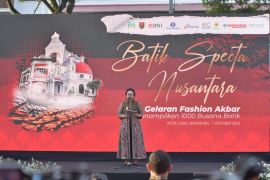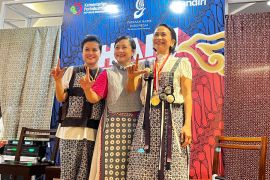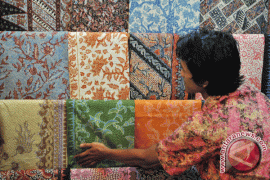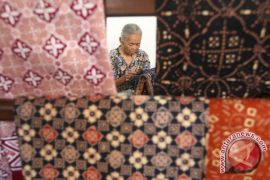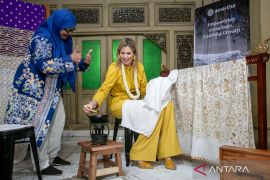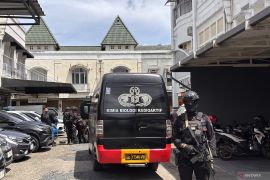A closer look at these batik clothes will impress you even further as the motifs are a bit different from the commonly used ones in batik such as mega mendung, kawung, or parang.
There was a combination of traditional parang motif and Swiss Army pocket knife decorated with edelweiss and crystal snow in the colors of red and white named "Batik Parang Helvetika" which is designed by Adien Gunarta from Probolinggo, East Java.
There were themes such as "Swiss in Harmony" designed by Satya Wiragraha from Yogyakarta which features the Alps, the railway as the Swiss common transportation mode, a row of trees, and the city in the colors of blue and grey.
The two designs, along with other eight others, were chosen to be exhibited at a shopping mall's Fashion Atrium in Jakarta, from the night of October 1 to 6.
It did not stop there because each of the batik clothes was also transformed into modern outfits that were fitted for daily wear, as young fashion designers Rizki Triana and Nadia Juliana tailored them to suit the youthful vibes and characters.
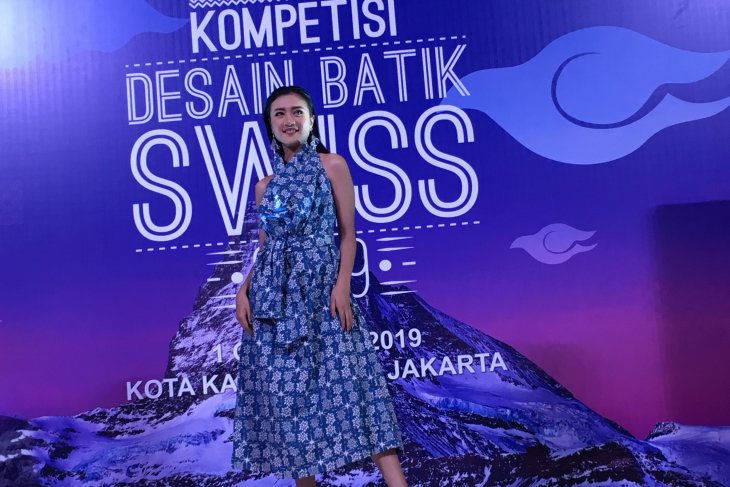
"Batik is part of Indonesia’s heritage and very deeply rooted in its culture. It is spread far in the country, so we tried to bring in the elements of Switzerland to the traditional batik," Ambassador Kurt Kunz stated.
The United Nations Educational, Scientific and Cultural Organization (UNESCO) acknowledged batik as one of the Representative Lists in the Intangible Cultural Heritage of Humanity on October 2, 2009.
Thus, it would not be an exaggeration to state that batik had reached its culmination as a part of Indonesia’s heritage in every aspect - the history, philosophy, and also the process of its craft.
Batik in Indonesia is believed to have come into prominence from the period of the Majapahit Empire and is related to the spreading of Islam di Java later on. Others say it has a close relation to the Chinese who came to the archipelago.
The process of making batik was traditionally hand-drawn and as a result, named batik tulis. It is a piece of cambric, the fabric used for batik, which is dyed while the motifs that have been drawn are covered by wax called malam to bring up different colors.
By this process, it could take several weeks or even months to have ready-to-wear batik clothes.
It is not just about time, but also skill, patience and passion, apart from the dedication that people put into batik.
"I have been trying to do batik at batik museums here in Jakarta and Yogyakarta, and I know how difficult it is, how demanding it is! So I am impressed by the beauty of the batik textiles we have found," Kunz affirmed.
Later, the process could be simplified to use stamped batik or batik cap, which is still as per the fundamental step of batik that covers the fabric with such malam. However, as the technology evolves, there is printed batik, though that can hardly be categorized as batik since there is no involvement of malam, but only batik motifs.
Satya Wiragraha, who designed “Swiss in Harmony” a possible winner of the competition, who is also a professional batik craftsman, is convinced that printed batik is not authentic craftsmanship.
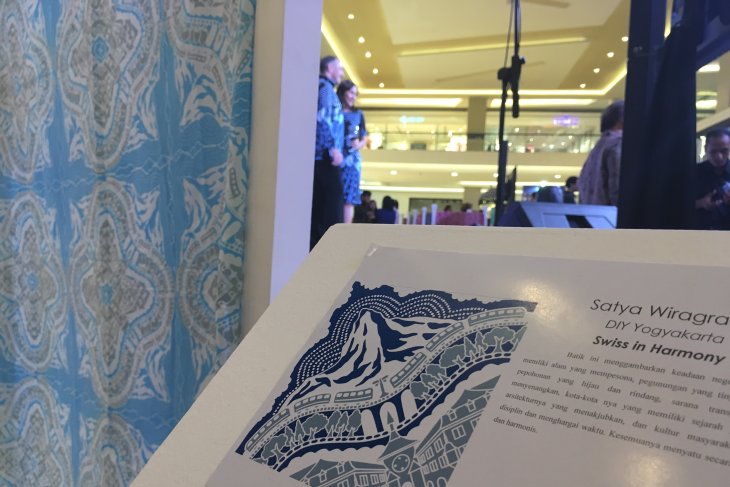
What needs to be considered, is that since batik has existed for centuries how one can make it acceptable today while still retaining its traditional value.
“As an ‘old’ batik craftsman, I, perhaps, have high hopes on the youth if they can promote the legacy of batik. They do not have to necessarily always follow the rigid principles of batik since they may have own taste of motifs or colors. At least, they should explore it,” Satya said.
So, one will always be exploring batik, not just today when it is the 10th National Batik Day, but also in the future.
EDITED BY INE
Related news: 500 craftsmen participate in National Batik Day 2019
Related news: Jokowi pushes aggressive batik preservation message to Indonesians
Related news: Sarinah celebrates National Batik Day
Editor: Azizah Fitriyanti
Copyright © ANTARA 2019
